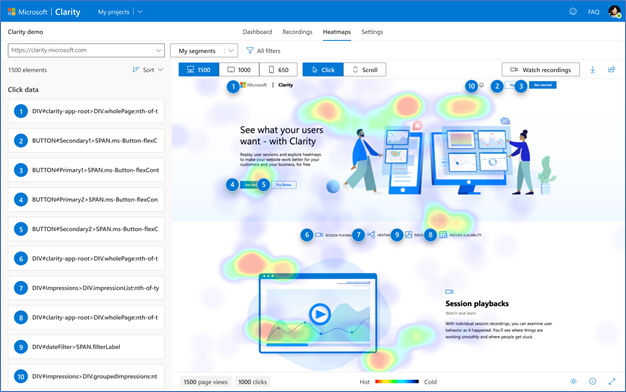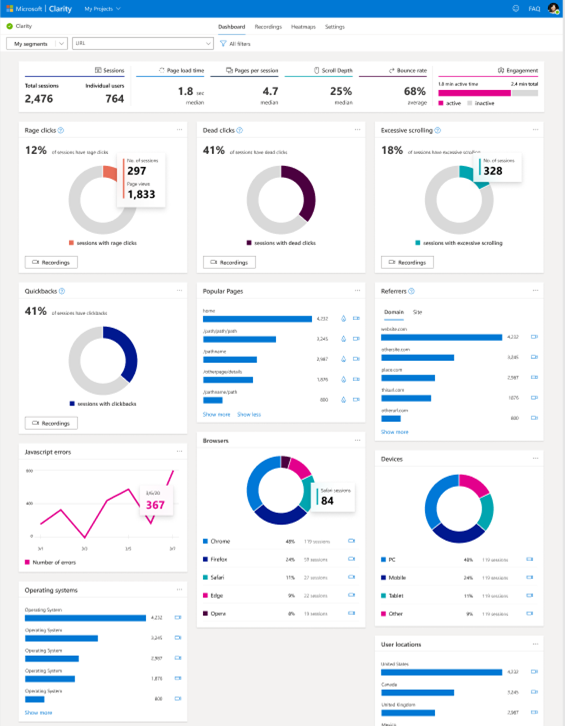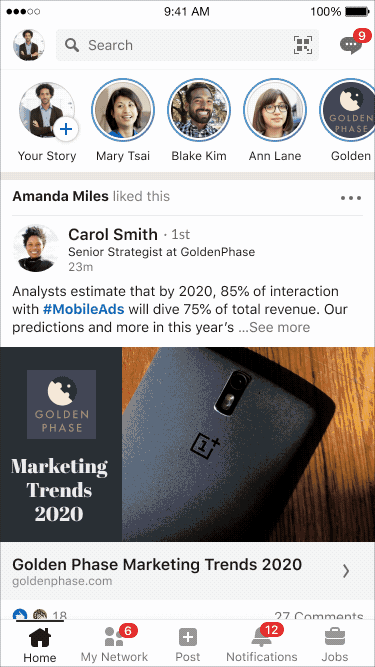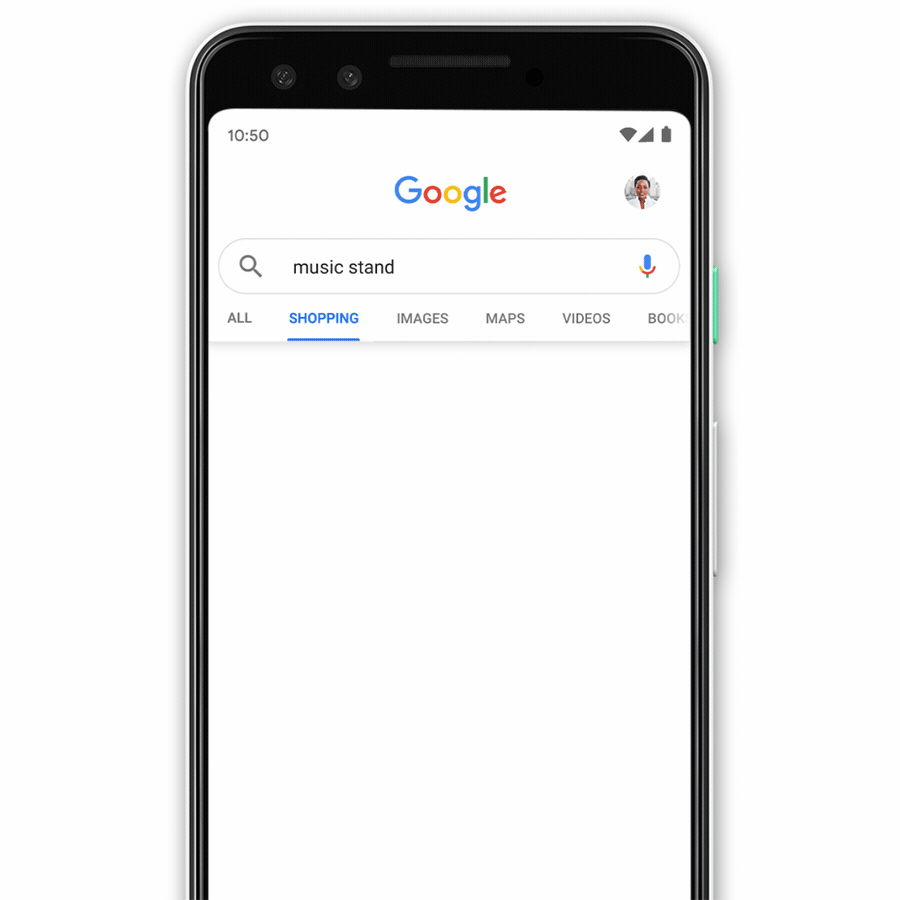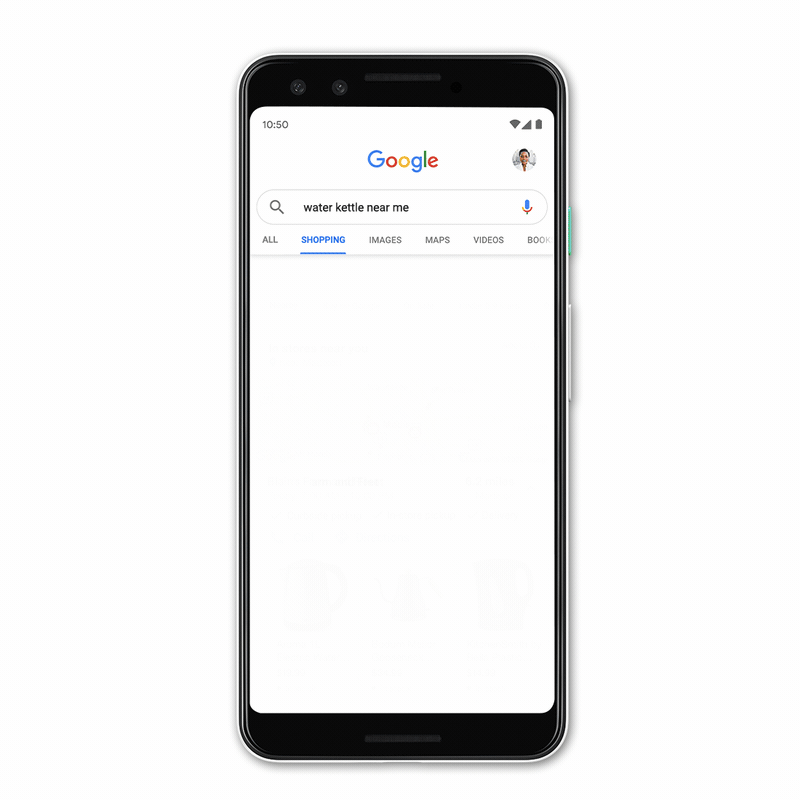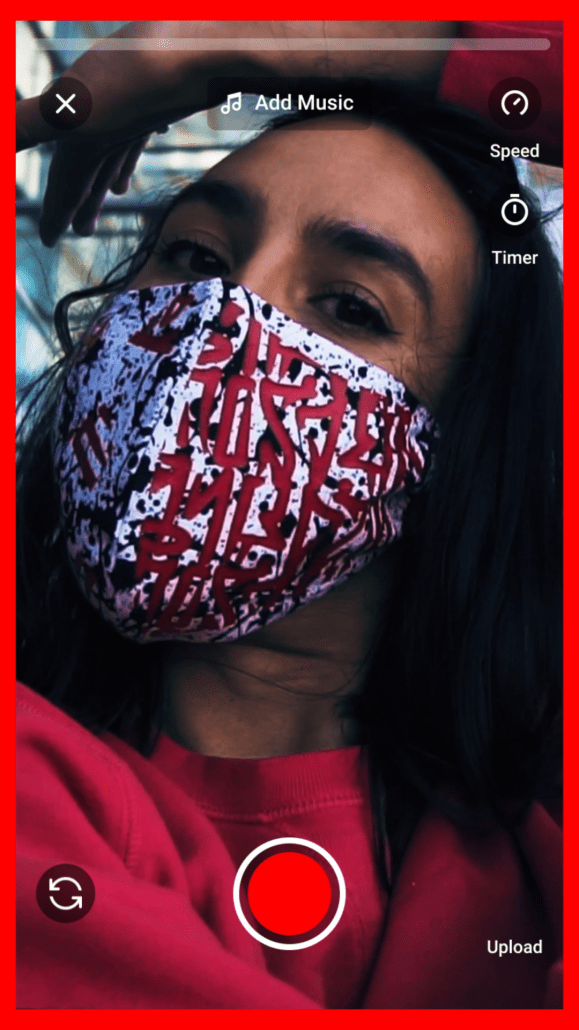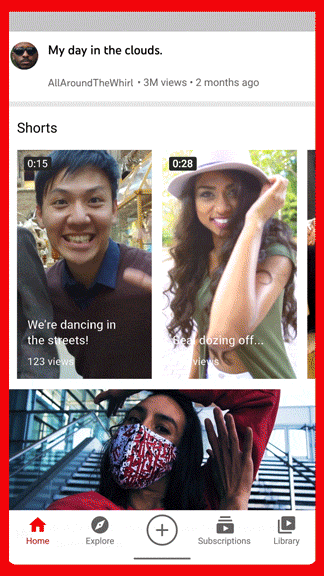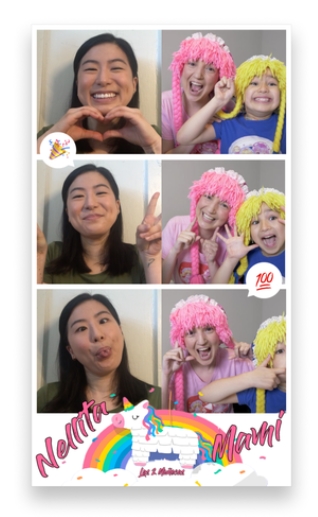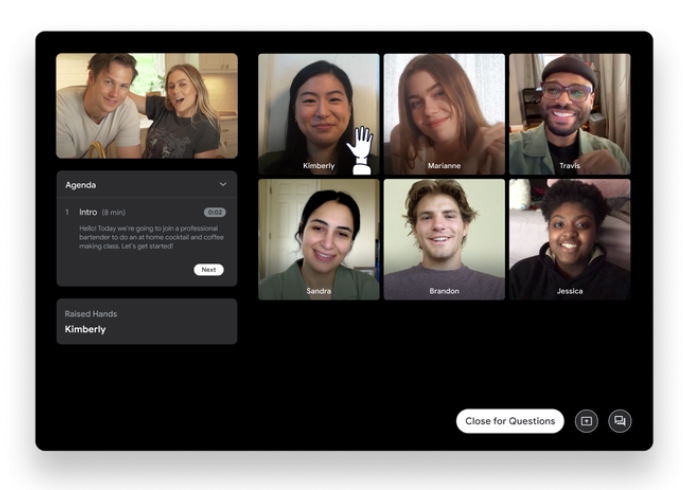Google is adding a new set of ranking signals to its search engine algorithm in the coming year, according to an announcement this week.
The search engine says it will begin factoring “Core Web Vitals” as a ranking signal starting in May 2021, combining with already existing user experience-related ranking signals.
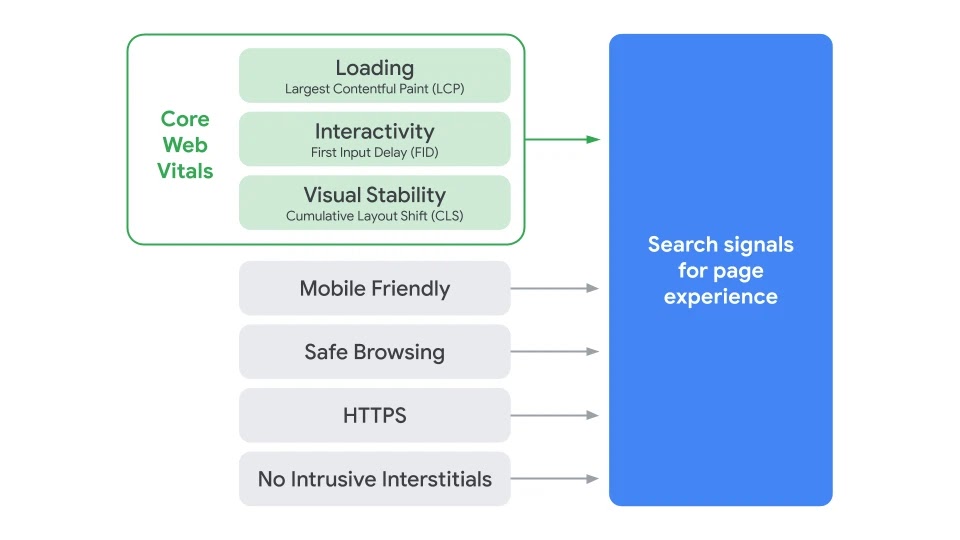
Google has been measuring Core Web Vitals since earlier this year, assessing the speed, responsiveness, and stability of web pages.
These factors are what Google calls the Core Web Vitals:

- Largest Contentful Paint (LCP): Measures loading performance. To provide a good user experience, sites should strive to have LCP occur within the first 2.5 seconds of the page starting to load.
- First Input Delay (FID): Measures interactivity. To provide a good user experience, sites should strive to have an FID of less than 100 milliseconds.
- Cumulative Layout Shift (CLS): Measures visual stability. To provide a good user experience, sites should strive to have a CLS score of less than 0.1.
These signals will be joining the already announced page experience signals:
- Mobile-friendliness
- Safe-browsing
- HTTPS-security
- Intrusive interstitial guidelines
“These signals measure how users perceive the experience of interacting with a web page and contribute to our ongoing work to ensure people get the most helpful and enjoyable experiences from the web.”
Based on recent data assessments, this should concern the majority of websites out there. A study published in August suggests less than 15% of all websites would pass a Core Web Vitals assessment if the signals were implemented today.
The search engine has also hinted at the potential to introduce new labels in search results, highlighting pages with the best user experience. Though nothing is set in stone, this would provide even more motivation for pages trying to maintain the best place in search results.
For more information about updating your site for Core Web Vitals, you can explore Google’s resources and tools here.


